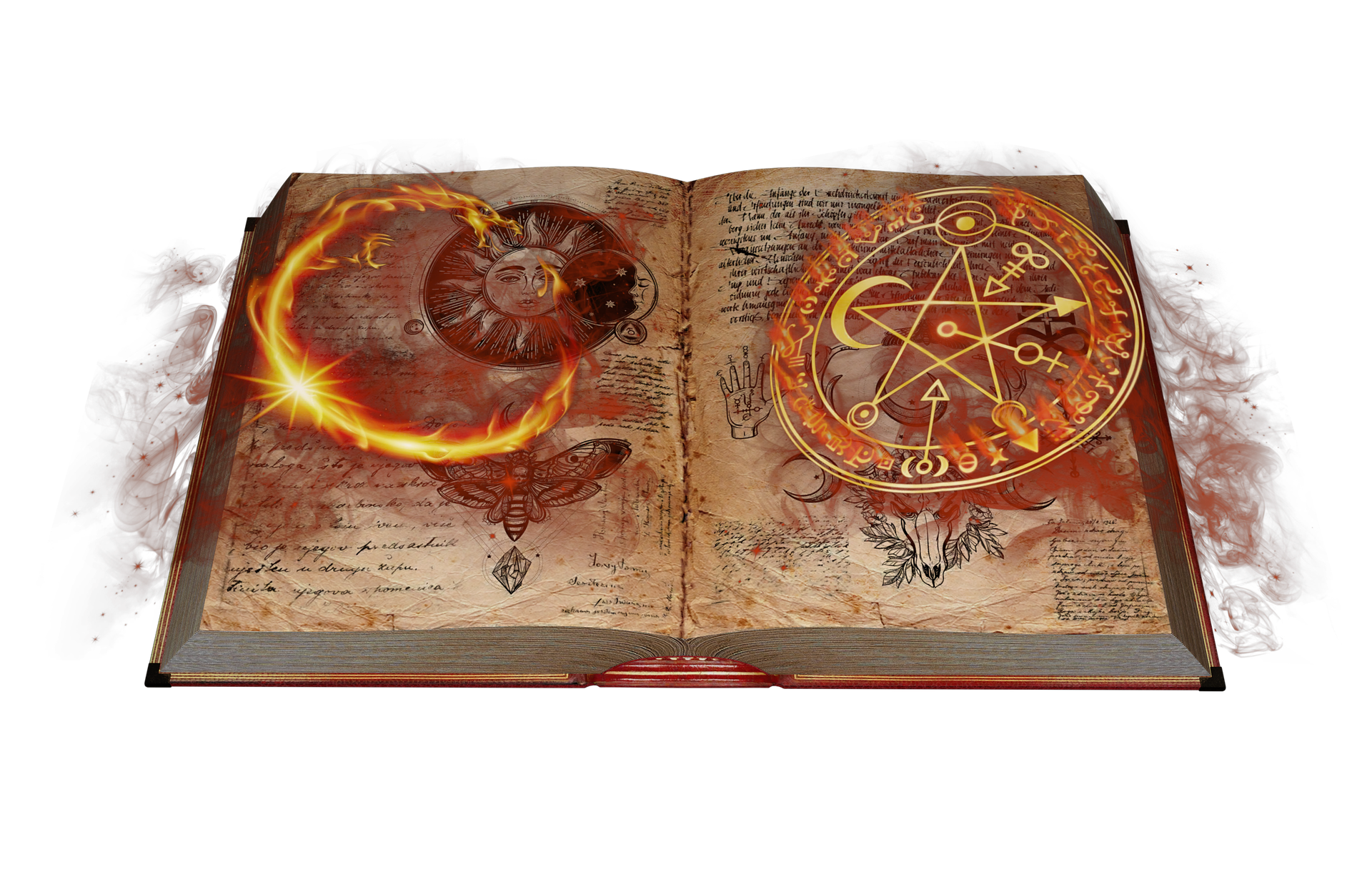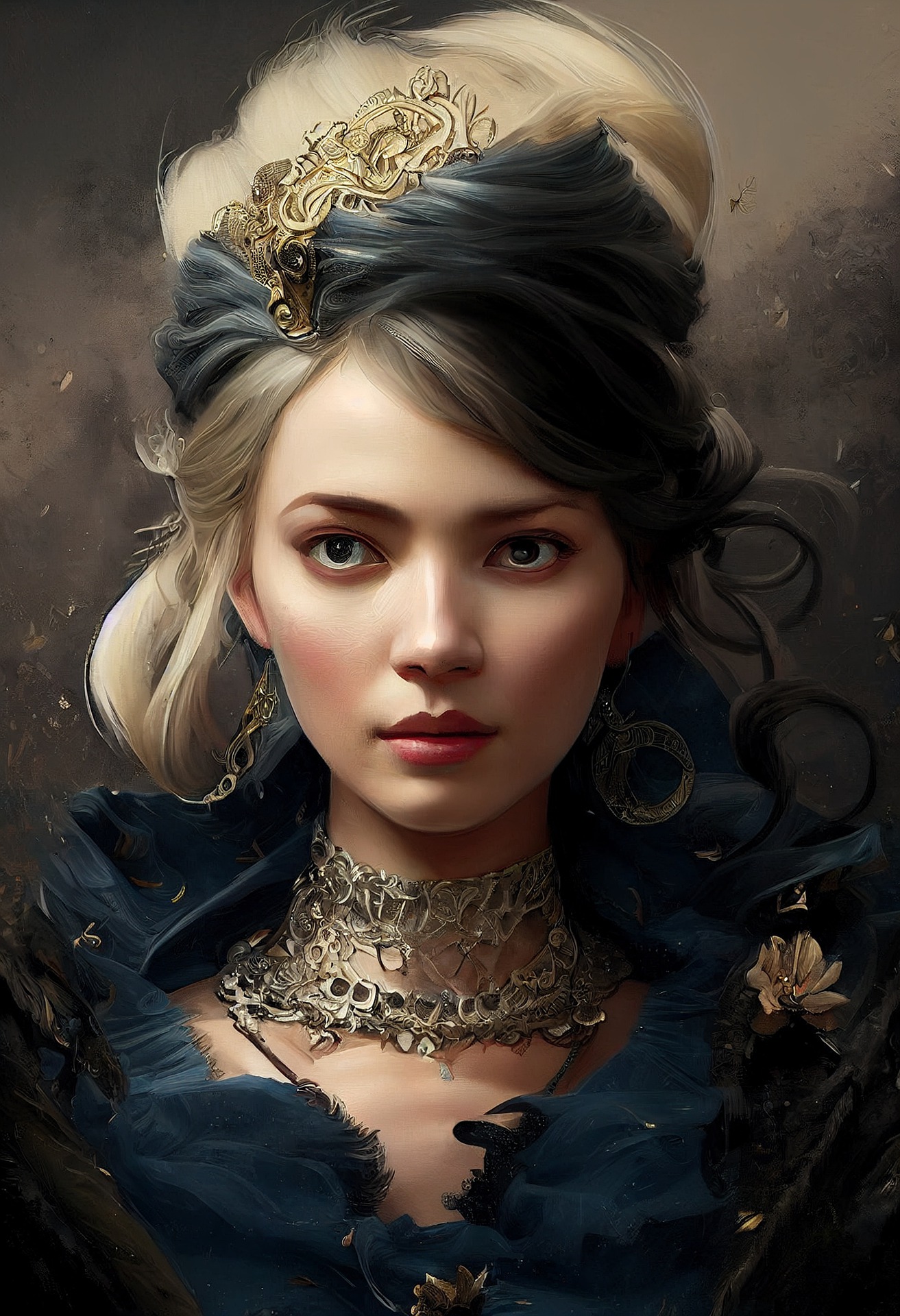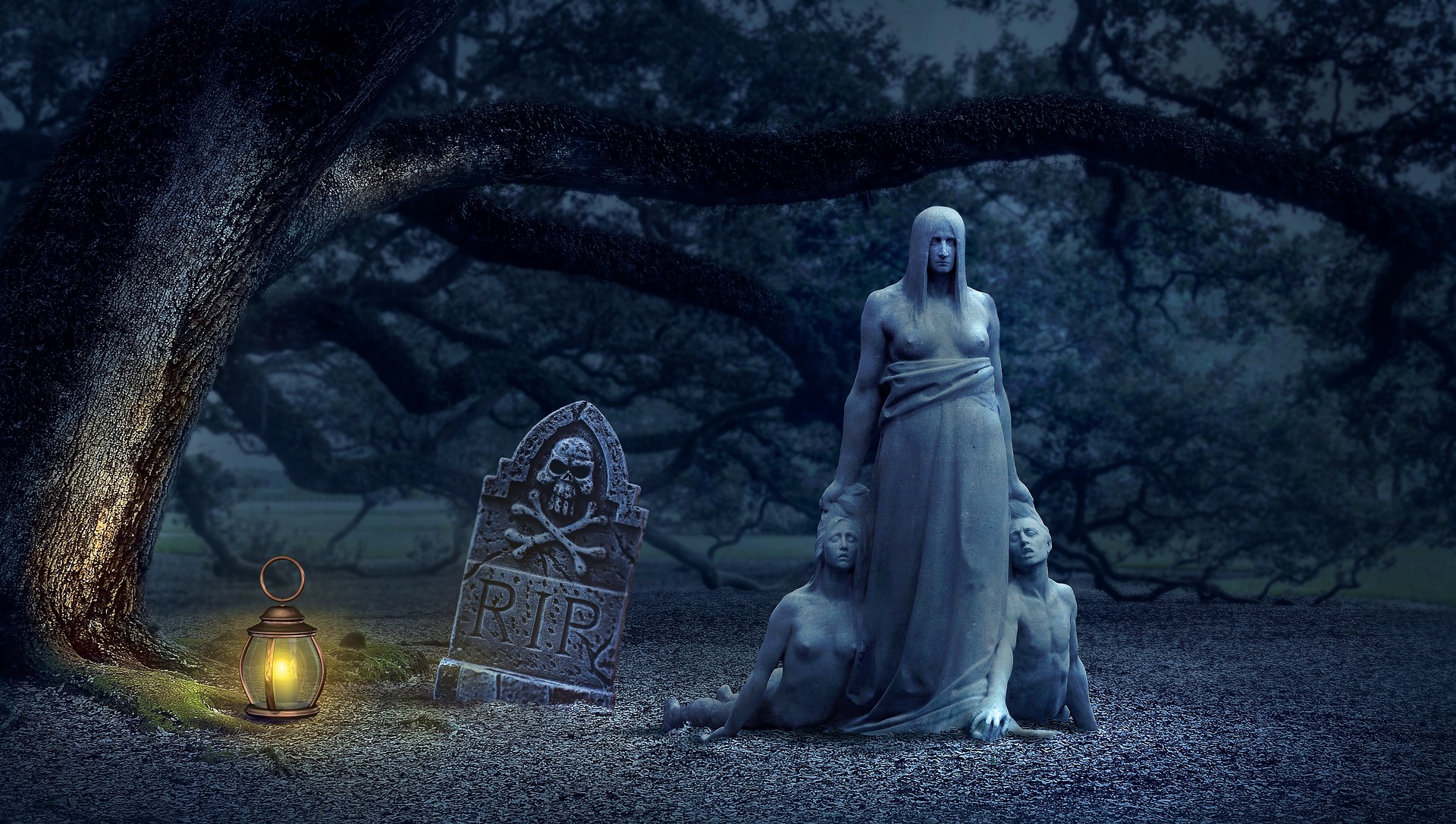Chapter 1: The Invitation
It was a cold and rainy night when William Carter received a mysterious package at his doorstep. The black box, adorned with an intricate golden cipher, intrigued him. Inside was an invitation to an exclusive event at the illustrious Mansion of Enigmas. The invitation read:
“Dear Mr. Carter,
You are cordially invited to a night of enigmatic mystery at the Mansion of Enigmas. Join us as we unravel the secrets that lie within these walls. Prepare to be captivated, challenged, and entangled in a web of intrigue.
Date: Saturday, May 27th Time: 8:00 PM Location: Mansion of Enigmas
Please RSVP by returning the enclosed card.
Sincerely, The Enigmatic Host”
Curiosity ignited within William, an experienced detective known for his ability to unravel the most complex puzzles. He accepted the invitation, determined to uncover the truth behind this enigmatic gathering.
Chapter 2: The Mansion of Enigmas
On the night of the event, William arrived at the Mansion of Enigmas. The mansion loomed before him, a majestic structure with dimly lit windows. The air buzzed with anticipation as guests, all adorned in elegant attire, entered one by one.
As William stepped through the grand entrance, he was greeted by an enigmatic host. The host, masked and cloaked, guided him to a room filled with an assortment of puzzles and cryptic artifacts. The host’s voice echoed through the room.
“Welcome, Mr. Carter, to the Mansion of Enigmas. To unravel the secrets that lie within, you must solve the puzzles scattered throughout the mansion. Only then will the true enigma reveal itself.”
Chapter 3: A Deadly Riddle
William began his exploration, moving from room to room, solving puzzles and deciphering cryptic codes. Each room presented a unique challenge, testing his intelligence, logic, and intuition.
Hours turned into minutes as William’s mind worked tirelessly to solve each puzzle. He met fellow guests along the way, equally determined to uncover the secrets of the mansion. Among them was Emma, a brilliant cryptographer, who had her own reasons for attending the event.
In a room shrouded in darkness, William stumbled upon a cryptic riddle etched into the stone wall:
“Four keys, four locks, four lives on the line. Find the right combination, or pay the ultimate price. Choose wisely, detective, for only one path leads to freedom.”
William knew time was running out. Failure meant the lives of himself and three others would be lost forever. He had to solve the riddle and find the correct combination.
Chapter 4: The Enigma Unraveled
William’s mind raced as he considered the riddle’s meaning. Four keys and locks? Four lives on the line? He thought back to his encounters with other guests.
Suddenly, it clicked. Emma possessed a pendant with four distinct keys. It was the key to unraveling the riddle. William rushed to find her, explaining his theory.
Together, they returned to the room with the cryptic riddle. Emma inserted her pendant into four slots in the wall, aligning the keys precisely. A hidden passage opened, revealing a concealed chamber.
Chapter 5: The Truth Revealed
Inside the chamber, William and Emma discovered a hidden journal belonging to the mansion’s original owner, Sir Reginald Hawthorne. The journal chronicled his obsession with enigmatic puzzles and the secrets he had hidden within the mansion.
As they delved deeper into the journal’s pages, William and Emma learned of a conspiracy involving a powerful secret society seeking to gain control of an ancient artifact hidden within the mansion.
Chapter 6: The Mastermind Revealed
As William and Emma continued to read Sir Reginald Hawthorne’s journal, they realized that the Enigmatic Host was, in fact, the leader of the secret society. The Host had devised this elaborate event to lure brilliant minds like William and Emma to the mansion, intending to test their abilities and potentially recruit them into the society’s ranks.
Shocked by the revelation, William and Emma knew they had to confront the Host and put an end to the sinister plot. Armed with the knowledge from the journal, they navigated the labyrinthine corridors of the mansion, evading traps and solving more puzzles along the way.
Chapter 7: The Final Confrontation
Finally, William and Emma reached the heart of the mansion, a hidden chamber where the Enigmatic Host awaited them. The room was adorned with ancient artifacts, and a dim glow emanated from a pedestal at its center, revealing the coveted ancient artifact—the Enigma Stone.
The Host, still masked and cloaked, turned to face them. “Impressive, Mr. Carter and Ms. Emma,” the Host said in a chilling voice. “But do you truly believe you can stop us?”
William and Emma stood firm, determined to expose the secret society’s plans and protect the Enigma Stone from falling into their hands. The Host chuckled, taunting them with cryptic riddles and puzzles.
Chapter 8: The Ultimate Test
The room transformed into a maze of shifting walls and traps, a testament to the Host’s malevolent intellect. William and Emma found themselves separated, forced to navigate the treacherous labyrinth alone.
Each step presented a new challenge, from laser grids to pressure-sensitive floors. The Host’s sadistic pleasure in their predicament was palpable. But William and Emma refused to be defeated.
With their combined knowledge and skills, they overcame each obstacle, moving closer to the center of the chamber where the Host and the Enigma Stone awaited them.
Chapter 9: Triumph and Revelation
At last, William and Emma reached the center of the chamber, where the Host stood, holding the Enigma Stone in hand. But they were not alone. The other guests, who had been unknowingly manipulated by the society, had also gathered, their allegiance now with William and Emma.
United against their common enemy, they confronted the Host, demanding answers and justice. As the truth began to unravel, the Host’s mask slipped off, revealing the face of a once-respected figure—a prominent politician, driven by a lust for power and control.
Chapter 10: The Resolution
Exposed and cornered, the politician attempted to escape, but William and Emma, supported by the other guests, managed to apprehend him. The authorities were alerted, and the secret society’s operation was dismantled, bringing an end to their reign of enigmatic terror.
The Enigma Stone, a powerful artifact capable of untold wonders in the wrong hands, was secured and entrusted to a reputable organization for safekeeping. The guests, now bonded by their shared experience, vowed to remain vigilant and prevent such manipulations from happening again.
As the dust settled, William and Emma found themselves in possession of a newfound friendship and a renewed sense of purpose. They continued to collaborate, using their combined expertise to solve enigmatic mysteries and ensure that justice prevailed.
The Mansion of Enigmas became a symbol of resilience and triumph over darkness. Its doors remained open, inviting those who sought challenge and adventure, with the knowledge that the enigmas within were no longer tainted by the shadowy secrets of the past.
And so, the tale of the Cryptic Cipher, once shrouded in mystery, became a legend—a testament to the indomitable spirit of those who dared to unravel enigmas and preserve the balance between secrets and truth. William and Emma’s names became synonymous with intellect and bravery, their story inspiring countless others to embrace the enigmatic mysteries that lay before them.
As the years passed, the memory of the Mansion of Enigmas faded into whispers, yet its legacy remained. It served as a reminder that even in the darkest of enigmas, there was always a solution waiting to be discovered, and that the pursuit of truth could overcome even the most formidable challenges.
And so, the Cryptic Cipher concluded, leaving behind a sense of satisfaction and a longing for the next enigmatic adventure. For within the depths of our world, mysteries still thrived, awaiting the arrival of those who possessed the courage and curiosity to uncover them.
The enigmatic mysteries of the world would never cease, but with every riddle solved, every secret unveiled, and every enigma unraveled, the human spirit grew stronger, drawing closer to the infinite depths of knowledge and the endless possibilities that awaited in the realm of the enigmatic mystery.










